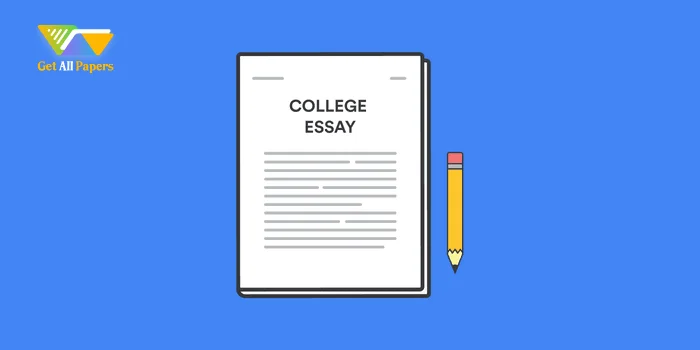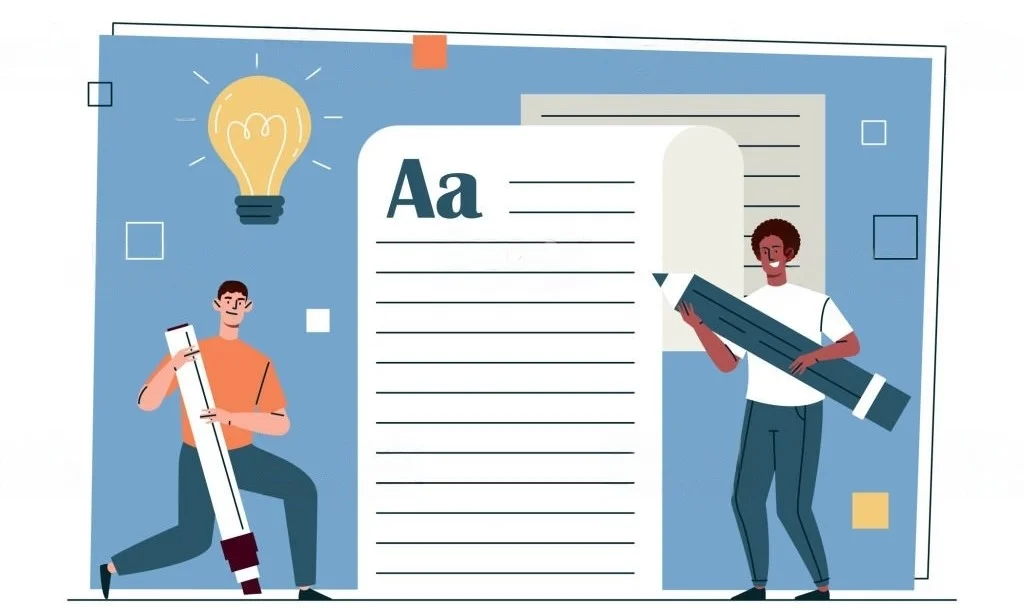
Rhetorical Analysis Essay Structure: A Comprehensive Guide
Written By: Sofia W. Morgan
Published On: Sep 6,2023
Introduction
When it comes to dissecting the art of persuasion and mastering the craft of persuasive writing, the rhetorical analysis essay is a potent tool. This essay genre allows writers to dive deep into the intricacies of various texts, speeches, or visual media to uncover the persuasive techniques used by the creators. In this comprehensive guide, we will explore the rhetorical analysis essay structure, breaking down each element to help you craft a compelling analysis that captivates your audience and showcases your analytical prowess.
Understanding the Rhetorical Analysis Essay:
Before we delve into the structure, it's essential to grasp the essence of a rhetorical analysis essay. At its core, this essay type requires you to examine how an author or creator employs rhetorical devices and strategies to convey their message effectively. Whether it's a famous speech, a political advertisement, or a literary work, your task is to uncover the persuasive elements that make it tick.
Rhetorical Analysis Essay Structure
A well-structured rhetorical analysis essay can significantly enhance the clarity and impact of your analysis. Here's a comprehensive breakdown of the key components:
Introduction:
Hook:
Begin your essay with an attention-grabbing statement or question related to the text or subject of analysis. This sets the stage for an engaging read.
Context:
Provide some background information about the text or the author/creator. Explain the purpose and the target audience of the analyzed piece.
Thesis Statement:
Your thesis should concisely state the main argument of your analysis. It's the backbone of your essay and guides your readers on what to expect.
Example: "In this rhetorical analysis essay, we will dissect Martin Luther King Jr.'s 'I Have a Dream' speech to unveil the powerful rhetorical devices that make it an enduring masterpiece of persuasive oratory."
Body Paragraphs:
Topic Sentences: Each body paragraph should begin with a clear and specific topic sentence that relates to your thesis and the rhetorical device or strategy you are about to discuss.
Supporting Evidence:
Provide evidence from the text, such as quotes, examples, or visual elements, to support your analysis. Explain how these elements contribute to the overall persuasive effect.
Analysis:
This is the heart of your essay. Analyze the rhetorical device or strategy in-depth. Discuss its purpose, its effect on the audience, and its relevance to the author's overall message.
Transition Sentences:
Use transition sentences to smoothly guide your reader from one point to the next. This ensures that your essay flows logically.
Rhetorical Devices and Strategies:
Throughout your body paragraphs, showcase your understanding of rhetorical devices. Discuss how the author employs techniques such as ethos, pathos, logos, metaphor, simile, hyperbole, or repetition to persuade the audience.
Example: "In the second paragraph of King's speech, the repetition of the phrase 'I have a dream' serves as a powerful rhetorical device. This repetition not only emphasizes the speaker's vision for a better future but also creates a sense of unity and aspiration among the audience."
Conclusion:
- Restate Thesis: Begin your conclusion by restating your thesis statement. Summarize the main points you've discussed in your body paragraphs.
- Significance: Discuss the broader significance of your analysis. Why is it essential to understand the rhetorical strategies employed in this text? How do they contribute to the text's overall impact?
- Final Thoughts: Offer some final thoughts or reflections on the text and its persuasive power. Leave your readers with something to ponder or consider.
Example of a Rhetorical Analysis Essay:
If your instructor allows, you can include a full example of a rhetorical analysis essay outline in an appendix. This provides a practical illustration of the concepts discussed in your guide. Ensure that your example includes an introduction, body paragraphs, and a conclusion, following the same structure.
Tips for a Successful Rhetorical Analysis Essay:
- Choose Your Text Wisely: Select a text or speech that is rich in rhetorical elements. Look for pieces that have a significant impact on their audience.
- Aim for Depth, Not Breadth: Instead of trying to analyze every rhetorical device in a text, focus on a few key elements and analyze them thoroughly.
- Audience Awareness: Consider how the author's choices in rhetoric are tailored to their intended audience. Understanding this dynamic is crucial in a rhetorical analysis.
- Practice, Practice, Practice: Like any skill, rhetorical analysis improves with practice. Analyze various texts to refine your analytical skills.
- Edit and Proofread: Carefully edit and proofread your essay for clarity, coherence, and grammar. A well-written essay is more persuasive.
Conclusion:
In the world of academic writing and critical analysis, the rhetorical analysis example stands as a testament to one's ability to decode the art of persuasion. By following the comprehensive structure outlined in this guide, you can effectively dissect and analyze texts, speeches, or visual media, demonstrating your proficiency in understanding and deconstructing the persuasive techniques used by their creators. Remember, a successful rhetorical analysis essay doesn't just scratch the surface; it delves deep into the nuances of rhetoric to reveal the power of persuasive communication
Related Posts
Popular Article
New to GET ALL PAPERS Signup & Save
On your First Checkout







